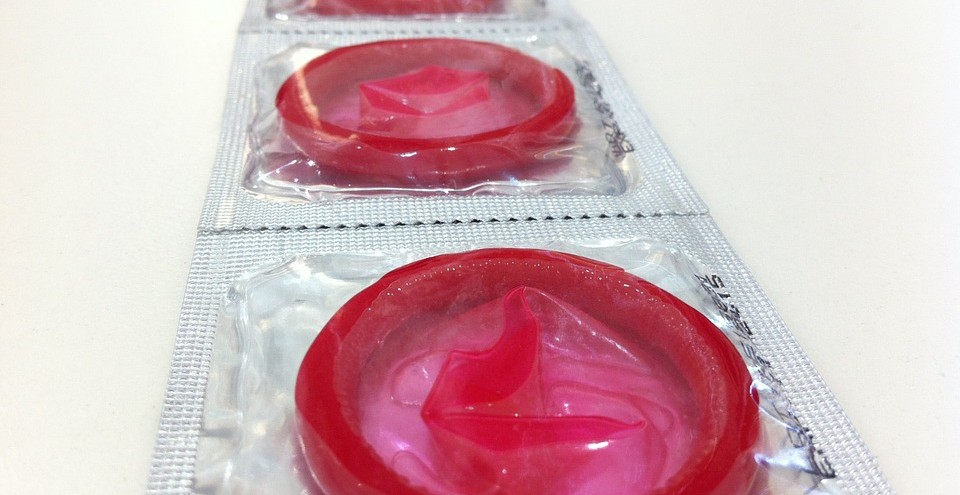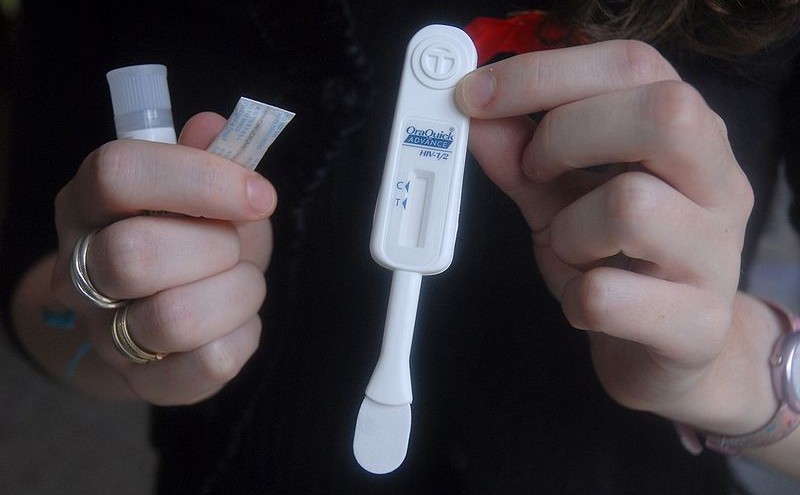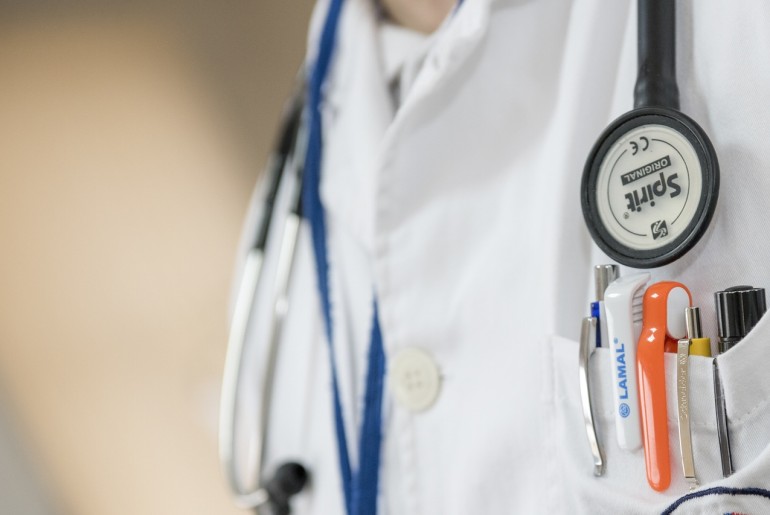STDs should be something that everyone learns about at school. Unfortunately, a lot of people don’t receive an adequate education about sexual health. Those that do can sometimes realize later that they don’t know enough. After all, not everyone listens attentively and retains their knowledge from school. It’s always a good idea to refresh yourself to make sure you know how to be safe. Firstly, it’s easy to forget things or accidentally twist facts around in your head. We can also hear misconceptions and assume them to be true. There are also always new developments in the medical world that we should all try to be aware of. Start here to re-educate yourself, or perhaps learn some things for the first time.
Preventing STDs
As people say, prevention is better than cure. When it comes to sexually transmitted diseases, it’s always best to focus on prevention. There are lots of options for preventing pregnancy. However, the situation isn’t the same for lowering the risk of STDs. The primary tool you have at your disposal is condoms. If you have sex without one, you’re at risk of contracting an STD unless you know for certain your partner is clean. And the only way to know that is by getting tested. You should always use a condom, unless you’re with a trusted long-term partner, and you have both been tested. It’s also important to take pregnancy into account. Remember that no method of birth control is 100% effective. Condoms are the only contraceptive that prevents both STDs and pregnancy.
Apart from condoms, there are other items you might consider keeping in your bedroom. For example, dental dams can protect you during oral sex. STDs that can be passed on through oral sex include herpes, chlamydia and syphilis. A dental dam is a thin sheet or latex or similar material that will protect you. It can also be a good idea to use latex gloves for digital penetration. They help to ensure that everything is clean and that you don’t get anything into any cuts on your fingers.
Symptoms to Watch Out For
There can be a range of different symptoms to look out for that could indicate you have an STD. Many of them won’t necessarily mean you have a sexually transmitted disease. But they can indicate other problems too. Some of the things you should watch out for include itching, redness or soreness on your genitals. Watch out for unusual discharge that looks or smells odd, or occurs in unusual amounts. Bumps, sores and warts can also be signs of STDs. Remember that these symptoms won’t necessarily occur on your genitals alone. You could also get them on your hands or around your mouth.
You could also find that it’s painful to urinate, that you have a rash or even that you lose weight. Other symptoms include fever or aches and pains, jaundice, and painful sex. However, it’s important to remember that you won’t always experience symptoms. You can have an STD and not know it yet. This can be dangerous because some diseases will cause long-term problems if left untreated. Keep in mind too that these symptoms could indicate other problems, so you should see a doctor regardless of what you think it might be.
When You Should Get Tested
How do you know when you should get tested, especially if you never experience any symptoms of an STD? Firstly, if you do have any symptoms, that’s a definite sign you should be tested for STDs right away. However, if there are no signs of you having anything, should you go for tests? If you have unprotected sex, you need to get tested. But it’s a good idea not to go right away. For some diseases, nothing will show up if you go for tests too soon. If you’re unsure, go for a test as soon as you can, and the doctor will recommend a time for you to come back. Some tests, such as the early detection test for HIV, can pick things up after a few days.
If you have no symptoms and haven’t had unprotected sex, do you still need to get tested? Some say that you should, and how often depends on your level of risk. Someone who engages in a lot of casual sex could be at higher risk, even if they’re not having unprotected sex. If you’re sexually active but in a monogamous relationship, it’s still a good idea to get tested. However, you don’t need to do it frequently.
How to Get Tested
Going to be screened for STDs is the frightening part for a lot of people. Even if you know you need to go, it can be hard to make yourself do it. But don’t worry, because there’s nothing the doctors haven’t seen before. It might feel embarrassing, but to them, it’s just routine. Before you set up an appointment, you can see your options for where to go and what tests to have. Look at Safer STD Testing for an example of the information you can find and how to book an appointment. Some people will tell you to test for everything, but you don’t necessarily need to. Talk to your healthcare provider about which tests are best.
STD Treatments
If you do have an STD, treatments for it can differ. Many of them are treated with a simple course of antibiotics. If you prescribed an antibiotic, it’s essential to complete the course. One reason for this is to ensure that the infection has gone completely. That’s of personal benefit to you and any sexual partners. Another reason is to help combat antibiotic resistance, which is becoming an increasing problem. Failing to finish taking antibiotics contributes to this issue, so make sure you take all of yours. Other STDs have different treatments, while some can be treated but not cured.
It’s essential to know as much as possible about STDs and how to prevent them if you’re sexually active. If you’re a parent with teenage children, you should educate yourself too.











Comments are closed.